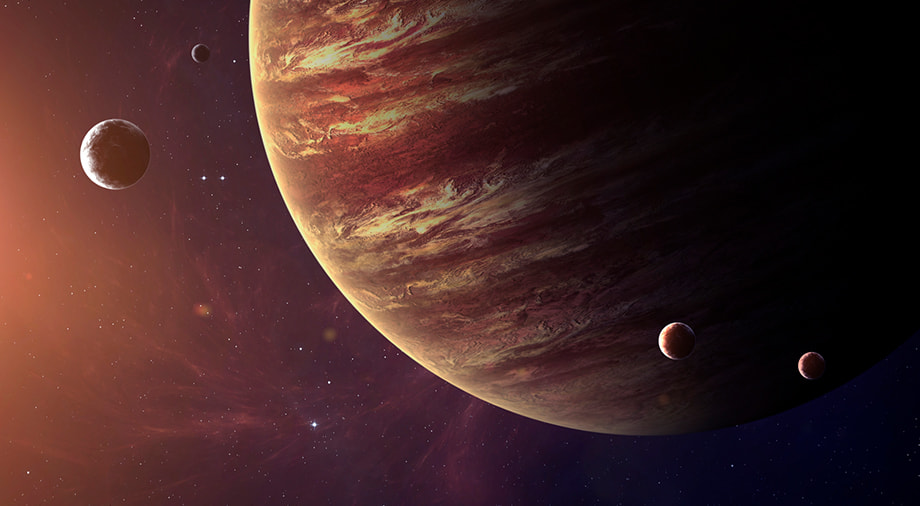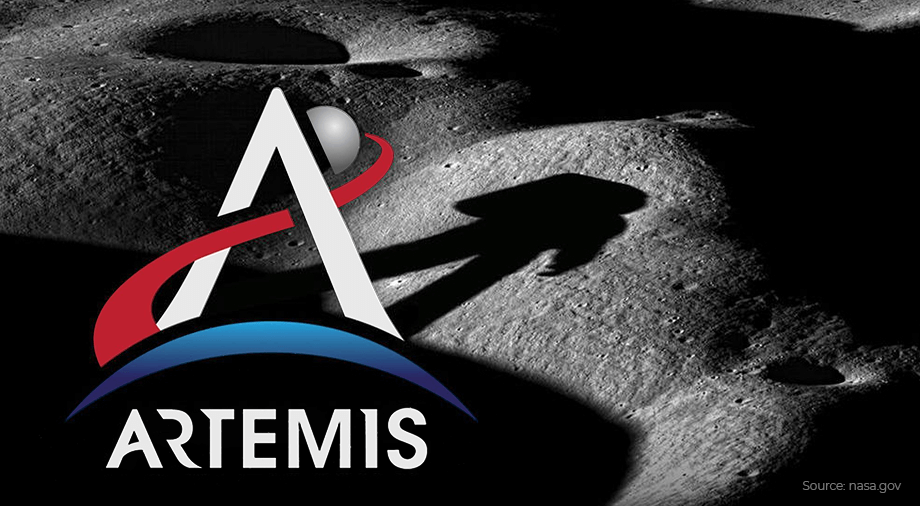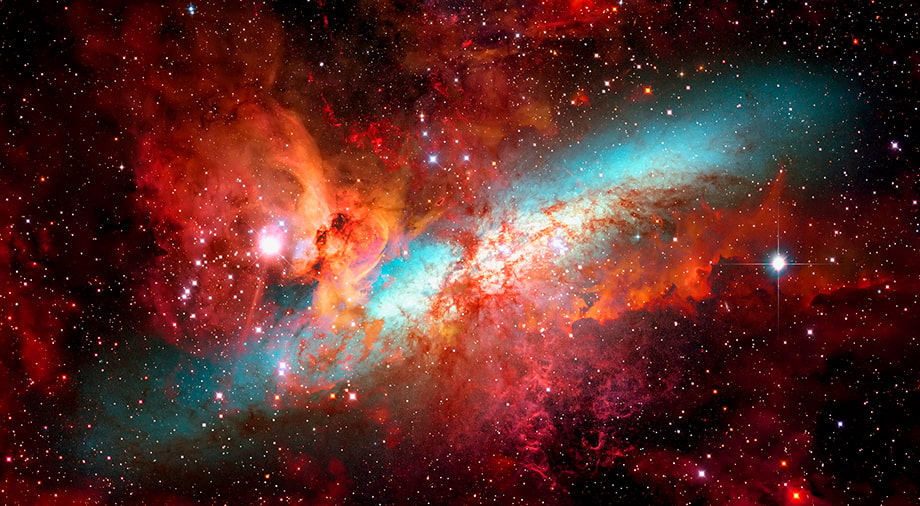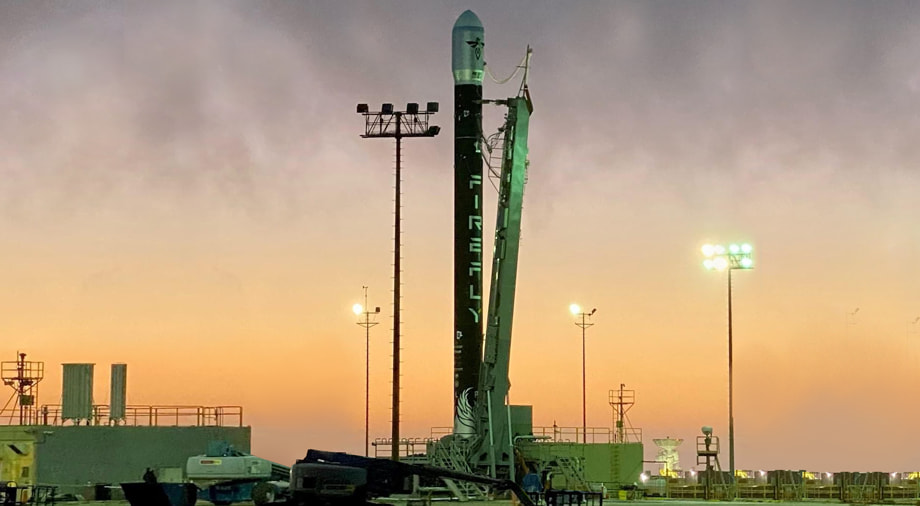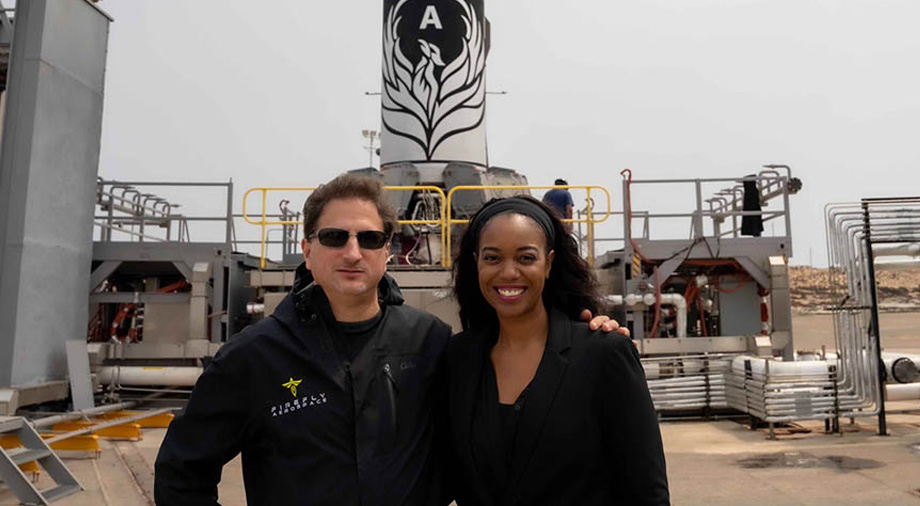Science fiction has often tackled the topic of space colonization – living on settlements outside our own planet, on asteroids, floating space colonies, or other, more esoteric places. But is that realistic and will people be able to colonize space in the near future?
We look into whether people can live in space under low gravity conditions, what it will take to colonize the Moon, Mars, and other planets, realistic plans for the colonization of other planets. and what space colonies can do for humanity.
Space Colonization Prospects
Many scientists, businessmen, and statesmen consider space colonization possible and are trying to bring it to life.
Modern advances in science and technology add confidence to these efforts. Recent studies on the International Space Station have shown that it is quite possible to grow food in space and even in zero gravity. Water reserves in one form or another are almost everywhere, and robotic 3D printing is able to solve the problem of building settlements on other planets – it can be used to build radiation and atmosphere-protected dwellings.
In addition, recent scientific research confirms the presence of a sufficient amount of resources in space necessary for the existence of an autonomous colony – primarily water, which can be transformed into oxygen and even engine fuel.
A space colony can be the answer to philosophical challenges and economic expectations facing us here on Earth. At the same time, it can also serve as a laboratory in space – a purely scientific enterprise, existing with the help of a regular supply of necessary resources from Earth.
Why colonize space
From a scientific point of view, space has many advantages: the absence of gravity, vacuum, complex and unique conditions that make it possible to create monocrystals and experiment on the properties of various materials and plants, and the presence of unique minerals such as Deuterium, Tritium, Helium-3, and many others.
To study these materials and conditions, a laboratory on the Moon or Mars is needed. This will also allow scientists to find new technical solutions that are useful for all of humanity.
The main discoveries and achievements of such a laboratory will be aimed specifically at space: how to live, grow food, build, and how to replenish fuel supplies on spaceships.
This means that the research conducted in a Moon or Mars-based laboratory will serve as a blueprint for further colonization – letting humanity leave its “cradle” to begin the settlement of other planets and their satellites.
These are the goals that most space colonization enthusiasts pursue. Another argument in favor of colonization is the theoretical survival of humanity in the event of a cataclysm on Earth, which will lead to the death of all living things.
There are also economic aspects. A colony can become an economic partner of the Earth if it is located in a place rich in useful and rare minerals and if space transportation costs can be reduced significantly.
On the other hand, organizing a colony like this would be very expensive, and the economic benefits may be questionable. And if such a colony is organized by the state or states and cannot actively trade with the Earth, then taxpayers may not see the direct result of their funding.
And even if we leave out the economic aspect, many scientists and astronauts, such as John Glenn, the first American astronaut to make an orbital flight, are skeptical about the idea of colonization. He believes that instead of sending a person, from the point of view of science, it is much more profitable and safer to send robotic probes for space exploration.
Max Polyakov believes that space and space technologies should work for the good of the Earth, and the resources required for colonization should be redirected to combating climate change and improving the environment. The Earth is so far the only planet out of all discovered, on which it is not necessary to carry out terraformation (changing the climatic conditions of the planet in order to bring the atmosphere, temperature, and environmental conditions to a state suitable for the habitation of terrestrial animals and plants – Ed.). And all available resources should be directed precisely for the preservation of our planet.
History of space colonization
The Soviet Union was the first to colonize space. The first scientific laboratory outside the Earth was the Soviet station Salyut-1, launched in 1971. This single-module orbital station existed in space for 175 days, though a crew of three inhabited it for only 22 days.
Nevertheless, “Salyut-1” made it possible in practice to work out complex maneuvers in space that would be necessary for the further development of near-Earth orbit.
The United States launched its SkyLab orbital station in May 1973, which was inhabited for 171 days and hosted three expeditions before drowning in the ocean in 1979.
The most famous successors of these orbital stations are Mir (opened in 1986 and flooded in March 2001) and the International Space Station (ISS) (opened in 1998, is still in operation). In addition, China launched its Tiangong modular station in 2021. This is the fourth Chinese orbital station – the first three were single-module and have already expired.
All these stations allowed scientists and engineers to create and test many things necessary for further space exploration, and some of the technologies have found application on Earth. For example, tire pressure sensors and water filters are originally space technologies.
Current plans to colonize space
We already have the knowledge and technology necessary to create a scientific laboratory outside the Earth’s orbit.
The most relevant and closest to implementation is Artemis, NASA’s lunar exploration program. It envisages the creation of a lunar orbital station by 2028, on which astronauts will live and work permanently, like the ISS.
In addition, NASA has not abandoned plans to create a permanent habitable lunar base. This was the main aim of the Artemis program, but due to difficulties in implementation, has been pushed back.
The recent discovery of the isotope helium-3 has become a powerful argument in favor of colonizing the Moon, however, as it can be used as fuel for spaceships or for nuclear power plants on Earth.
It is true that at the moment the nuclear industry isn’t capable of making use of helium-3, as there is no reactor currently capable of maintaining a temperature of a million degrees for a helium-deuterium reaction. And even the production of helium-3 on the moon is theoretical.
Nevertheless, the reserves of water discovered on the Moon in the form of ice allows, in theory, an autonomous laboratory to exist – or at least a laboratory with significantly reduced maintenance costs. This water can also be used to make fuel directly on the Moon itself.
Plans for the colonization of the solar system
In addition to the Moon and Mars, plans are being considered to colonize the Asteroid Belt and the dwarf planet Ceres, Jupiter’s moons Europa, Ganymede, Callisto, as well as Mercury and Venus. But if in the case of the Moon and even Mars, plans are progressing from words to deeds, the colonization of the rest of the solar system is still only theoretical.
According to NASA estimates, set out in 2003 in the study “Human Outer Planets Exploration” or HOPE, the most promising sites for colonization are the satellites of Jupiter Ganymede and Callisto.
Callisto is located far from Jupiter and as such is exposed to less radiation than other satellites, while Ganymede has a magnetosphere that would naturally protect colonists. However, dealing with radiation in space is still one of the main problems in the question of living outside the Earth.
For example, on Europa, the level of radiation from Jupiter is so high that a person on the surface without a protective spacesuit will receive a lethal dose of radiation in just 10 minutes. Nevertheless, scientists already have worked out theories to overcome this – with either specialized radiation-proof buildings, building the colony under a thick layer of ice, or by creating air bubbles.
The rest of the satellites and planets are so difficult to colonize that, in addition to needing to protect from radiation, colonists would need supplies of basically everything – including a huge amount of water, or even terraforming, as in the case of Venus.
Given the pace of space exploration, especially over the past 10-20 years, most enthusiasts believe that by 2100, a person will be able to land on one of the above planets or satellites and establish a third colony after the exploration of the Moon and Mars, or at least a scientific station.
Skeptics, on the other hand, think these beliefs are little more than fantasy, especially since it still remains more cost-effective to use unmanned probes, as opposed to laboratories or colonies, for space research.
Not to mention that Earth itself has plenty of places that are typically inhospitable to life: Siberia, equatorial deserts, Antarctica, yet it has so far not been possible to experimentally verify the viability of these sorts of hostile, isolated colonies.
Even if space colonization so far remains a hopeful idea, by 2040, we will likely see a landing on Mars – plans for this have been announced by NASA in 2028, China by 2030, and Russia after a successful mission to the Moon.

